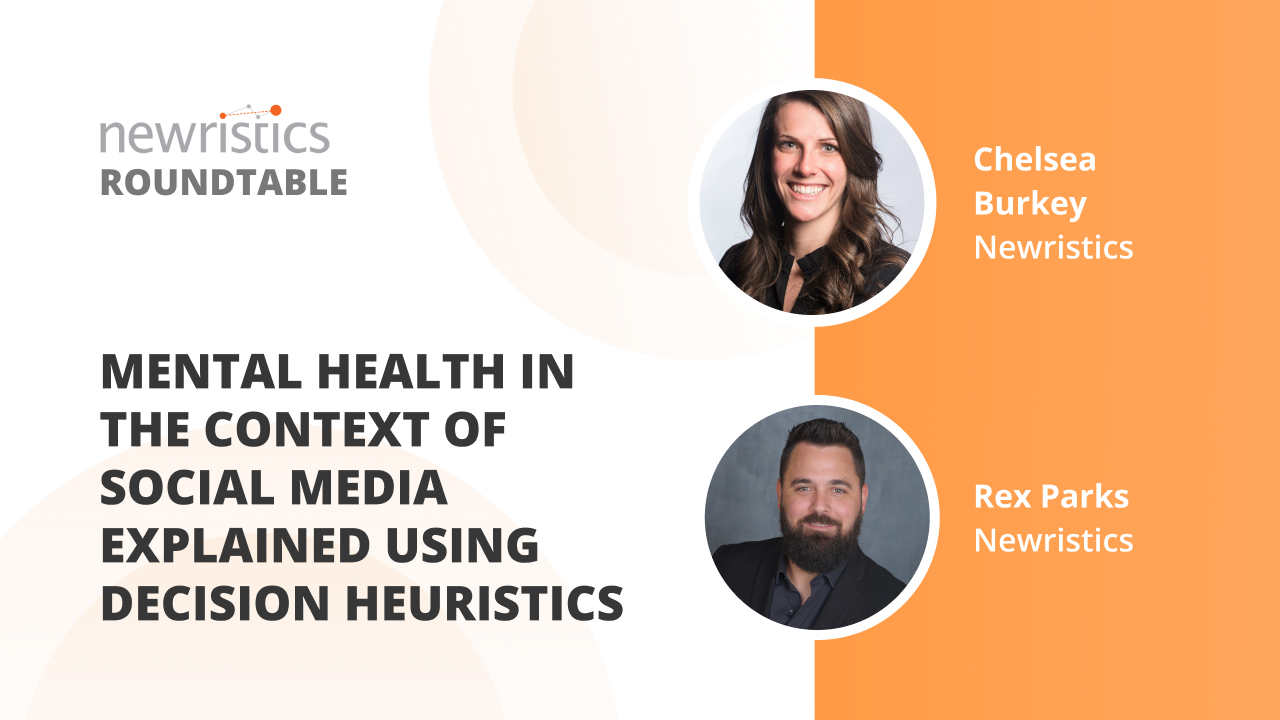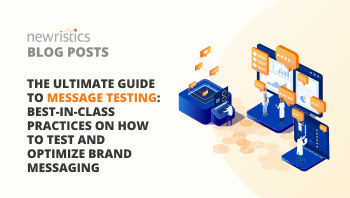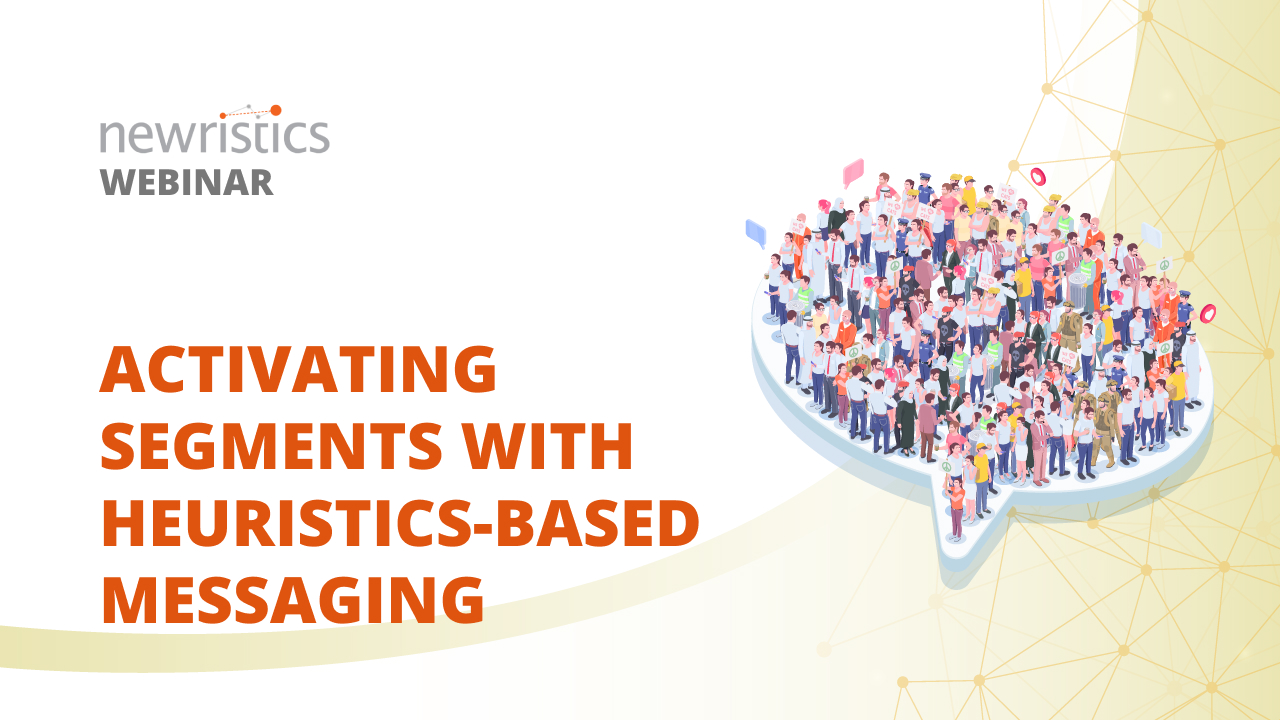Understanding Your Audience: HCPs vs. Patients
Successful pharmaceutical strategies are based on a deep understanding of the target audience and how to reach them. The two primary audiences that pharmaceutical marketing mainly focuses on are HCPs and patients, but it may also target other key stakeholders, such as payers, insurers, and advocacy groups, to ensure broad market access and adoption.
While both HCPs and patients require accurate and relevant information, their engagement preferences and decision-making process differ greatly.
-
HCPs rely on accurate, evidence-based content that supports their clinical decision-making and helps improve patient outcomes. They want information on diagnosis, clinical trials, diseases, accredited learning activities, and journal articles. They prioritize concise, peer-reviewed information from reputable sources they can trust, preferring scientific information over promotional content. HCPs trust information backed by scientific data, clinical evidence and expert consensus, including practical insights from real-world evidence (RWE).

According to sources, busy HCPs also prefer accessible content and short-form resources, such PDFs, podcasts and videos with on-demand access being favored over in-person visits.
-
Patients, on the other hand, require simplified, clear, and empathetic messaging. They need information that gives them a good understanding of their health and can help them make decisions about their own care. Patients value transparency, clear communication and real-world patient experiences and they respond to relatable language, support, and reassurance. According to the Center for Healthcare Strategies, nearly nine out of 10 adults in the United States struggle with health literacy, meaning they find it difficult “to understand, and use the information and services to inform health-related decisions and actions for themselves and others.” This highlights the importance of messaging that is clear, accessible and easy to understand, such as using plain language, visual aids and relatable storytelling to enhance patient comprehension and treatment adherence.
This highlights the importance of messaging that is clear, accessible and easy to understand, such as using plain language, visual aids and relatable storytelling to enhance patient comprehension and treatment adherence.

Enhancing Patient and HCP Experience
Customer experience (CX) is an important marketing concept that refers to the perception a customer has of a brand across the customer journey. Similarly, in pharmaceutical marketing, both HCP and patient experiences are crucial. They reflect how these audiences perceive their journey and interactions with pharma brands at every touchpoint and channel.
Enhancing these experiences is the cornerstone of pharma engagement and marketing—to build trust, forge a meaningful relationship, and ultimately improve health outcomes.
With digitization, the expectations of HCPs and patients are evolving. Being digitally connected and having information at the tips of their fingertips is now the norm. As patients take a more active role in their wellbeing, both HCPs and patients now expect seamless, interconnected, value-driven interactions.

This is where personalized content strategies play a pivotal role. By leveraging data and in-depth insights, pharma marketing can enhance experiences for patients and HCPs and meet their expectations. They can deliver bespoke omnichannel messaging that aligns with an HCP’s clinical interest or a patient’s treatment stage, for example—thus increasing relevance and engagement.
Patient support programs (PSPs) are another vital tool in pharma marketing. Often sponsored by pharmaceutical companies, these programs help patients adhere to treatment plans and improve health outcomes by providing personalized support, education and resources throughout their healthcare journey. With PSPs, patients understand their condition, manage side effects and take their medications correctly—while providing mental health and emotional support. With this kind of comprehensive end-to-end support, pharma companies can build stronger brand loyalty and trust, demonstrating their commitments to patient outcomes. This also aligns with the objectives of HCPs, helping them deliver better care and ensure that patients have access to routine education and support, allowing HCPs to focus on complex clinical care.
From a pharmaceutical marketing point of view, PSPs offer value beyond the product and sales. It serves as a point of differentiation from the competition and by supporting HCPs in patient care, it not only enhances HCP experience but also fosters long-term relationships and brand loyalty among both HCPs and patients.
AI-powered chatbots and virtual assistants can also provide value and support. These technologies can provide instant 24/7 assistance, such as answering common questions, sending medication reminders, managing appointments, and offering guidance on treatment protocols. They enhance patient experience through timely, accessible, and personalized interactions and support. For HCPs, these tools reduce administrative tasks, allowing them to focus on patient care.
Omnichannel vs. Multichannel Marketing for Pharma
Omnichannel marketing is an integrated approach that delivers seamless and personalized experiences to HCPs and patients across multiple touchpoints. Unlike multichannel strategies—which utilize different channels and touchpoints separately—omnichannel marketing creates a cohesive brand experience, where all the channels work together.
With this approach, pharma can engage with HCPs and patients through their preferred channels and deliver relevant messaging when and where it is needed. Omnichannel marketing is not just a buzzword anymore, but a necessary marketing approach for pharmaceutical companies to thrive in today’s fast-paced, data-driven healthcare ecosystem.

By integrating data and content across all channels, pharma brands can meet HCP and patient expectations and preferences—ultimately fostering trust and improving outcomes.
Channels such as email, social media, mobile apps, webinars, live events, websites along with traditional media and channels of engagement are integrated to optimize these experiences and deliver relevant content without losing any context.
Leveraging Digital Transformation
Many pharma companies are taking the lead in adopting data-driven strategies and digital technologies in their operations, including in marketing. By leveraging the power of digital channels paired with strategic content marketing, organizations are delivering timely and relevant messaging to HCPs and patients. For example, Pfizer recently rolled out a generative AI tool called ‘ Health Answers by Pfizer’, which answers consumers’ general health and wellness questions. The responses are given in plain language from verified sources. In fact, Pfizer is among the first pharmaceutical company to launch chatbots on a global scale to improve access to medical information for patients and healthcare professionals.
Comprehensive data is vital in executing these transformations. Data-driven decisions help pharma organizations optimize brand messaging and strategies for the best results. Vast amounts of data such as engagement metrics, real-world outcomes, and user behavior across channels enable marketers to gain deep insights which help inform campaigns allocate resources efficiently.

With data analysis accelerated by AI-driven capabilities, marketers can segment audiences more precisely and deliver hyper-personalized messaging so that it resonates at the individual level. Data-driven marketing also allows for the development of comprehensive customer journeys which track and analyze every touchpoint and interaction. With this, marketers can recognize opportunities for engagement and challenges that need addressing.
Emerging technologies, virtual (VR) and augmented reality (AR) are also gaining traction with global AR and VR in the healthcare market projected to grow at the rate of 30-35% by 2029. These technologies are being widely adopted in the healthcare and pharma industry to help train HCPs and nurses, provide support during diagnosis and surgery, educate patients on diseases and treatments, and improve patient outcomes through interactive support tools, virtual therapy sessions, and remote monitoring during clinical trials.
AR and VR technologies are fast gaining traction in marketing too, allowing pharma to create immersive marketing experiences—demonstrating how products work, supporting treatment adherence, and building stronger engagement with HCPs and patients through visually engaging and interactive content. It also allows pharma sales representatives to better explain complex information about drugs such as the chemical composition, clinical trial results and mechanisms of the product.
Integrating AI in Pharma Marketing
AI is fast becoming an essential keystone of pharmaceutical marketing. With its powerful capabilities to analyze vast amounts of data, AI offers deep insights into HCP and patient habits, behaviors, unmet needs, and communication preferences. It enables marketers to develop personalized and relevant interactions based on these insights, ensuring that the right information reaches the right audience at the right time—through the right channels.

AI allows for precise segmentation and targeting, allowing marketers to create more targeted campaigns for specific groups and improve campaign efficiency.
Predictive modeling, powered by AI, can forecast HCP and patient needs, behaviors (such as product adoption and treatment adherence), and response to marketing campaigns, which help optimize marketing and can improve ROI by up to 30%, according to sources.
It is also useful in drug launches. Predictive AI can forecast market demand and potential challenges, helping refine marketing strategies for the best results.
AI is also driving the convergence of martech and adtech in pharma, breaking down silos that once led to fragmented data and disjointed customer experiences. By unifying these systems and merging data, AI enables real-time adaptability and more personalized, cohesive campaigns.
While the use of AI in pharma marketing sounds exciting, it also comes with challenges of balancing innovations with ethical considerations. Regulatory compliance and data privacy are extremely important, particularly when handling sensitive information and data. Pharma companies need to adhere to strict guidelines, such as GDPR and HIPAA, ensuring transparency, consent, and data security at every step.
Social Media and Influencer Marketing in Pharma
Social media in regulated industries like pharma presents several challenges. Physicians, patients, and caregivers are frequently seeking information through social media, ranging from medical insights and educational content to patient reviews and experiences. With this scenario, companies need to get social with their audience, rather than just deliver corporate messages as they have done in the past. This means leveraging social media to engage in meaningful conversations and connect with HCPs, patients and other relevant audiences.
Platforms like LinkedIn, X, Facebook and YouTube provide targeted communication channels to enhance brand visibility and build stronger relationships by sharing educational content, answering questions, and initiating conversations.
Marketers can also track and monitor these interactions and extract valuable insights, helping refine strategies and inform future campaigns.
Recently, the emergence of physician and patient influencers has a significant impact on pharma marketing. Physicians with large social media followings, also known as digital opinion leaders, now share treatments insights, medical advancements, research updates, and drug efficacy information, keeping peers informed and making medical information accessible and understandable to others. Patient influencers—individuals who share their health journeys—play a key role too, in building trust and influencing patient decisions.
Marketers are seeing the value of social media influencers, including patient advocates and digital opinion leaders, to connect with consumers and promote products. One such example is the “You Can Control Asthma” campaign by GSK, who partnered with asthma influencers to educate patients about the importance of proper asthma management. GSK also partnered with celebrity Earvin “Magic” Johnson to launch Sideline RSV, a new health education campaign aimed to help older adults better understand the risks and potential seriousness of RSV infection.

As a risk-averse industry, pharma brands take a cautious approach to social media as a marketing channel. Companies have to be vigilant of several regulations, such as FDA, HIPAA, and GDPR, along with industry codes like the PhRMA Code and EFPIA Disclosure Code.
These frameworks govern how pharmaceutical companies communicate with both HCPs and patients, ensuring that all content is accurate, non-misleading, and compliant with data privacy laws. Companies also have to comply with regulatory authorities in other countries, such as the MHRA in the UK and the TGA in Australia, to maintain ethical and legal standards and mitigate the risk of misinformation or regulatory violations.
Adapting to Regulatory Changes and Market Dynamics
Shifting market dynamics—such as growing patient empowerment, evolving HCP preferences, technological advancements, market access pressures, and increasing competition—add more complexity to pharma marketing. These changes require marketers to develop agile, data-driven strategies and stay ahead of regulatory developments.

Regulatory compliance has become even more complex in digital and social media promotions. The FDA enforces strict presentation standards for online and social media platforms, ensuring claims are accurate and that limitations of drug use are clear and accurate—whether on a website, social media platform, or an influencer post.
To comply with these regulations, pharmaceutical companies can adopt several strategies:
- Develop a robust pre-approved content library. This is essentially a repository of marketing materials that medical, legal and compliance teams have vetted and approved to ensure that all content and marketing material align with regulatory standards.
- Implement digital tools to monitor marketing campaigns in real-time. This enables pharma to quickly identify and correct any non-compliant content, thus mitigating any potential risks.
- Ensure that all advertisements and promotional materials include explicit disclosures about risks, benefits, and any affiliations or sponsorships in clear, understandable language.
Future of Pharma Marketing
Looking ahead, the future of pharma marketing lies in embracing cutting-edge technologies and data-driven strategies that deliver personalized and meaningful engagement. One such technology already making its mark in pharma is blockchain technology, which offers greater security in clinical trials and supply chains, ensuring data management and privacy, and supporting greater regulatory compliance. The transparency offered by blockchain can help build stronger trust among HCPs and patients.

At the same time, AI-powered tools and chatbots are already revolutionizing engagement strategies—enabling predictive analytics, automating personalized communication, and enhancing customer experiences at scale. However, marketers will need to stay vigilant as technology evolves.
As voice search and conversational AI continue to advance, they will play a greater role in patient education and HCP engagement, enabling pharma to facilitate on-demand access to accurate information.
It goes without saying that pharmaceutical marketing needs to remain agile, while balancing innovation with compliance while leveraging data and insights, including real-world evidence, to deliver exceptional experiences in an ever-expanding digital ecosystem.
 Blog posts
Blog posts Newristics
Newristics
 01 Feb 2024
01 Feb 2024

 Back
Back Share
Share
















 Roundtable
Roundtable

 Blog
Blog

 Webinars
Webinars



